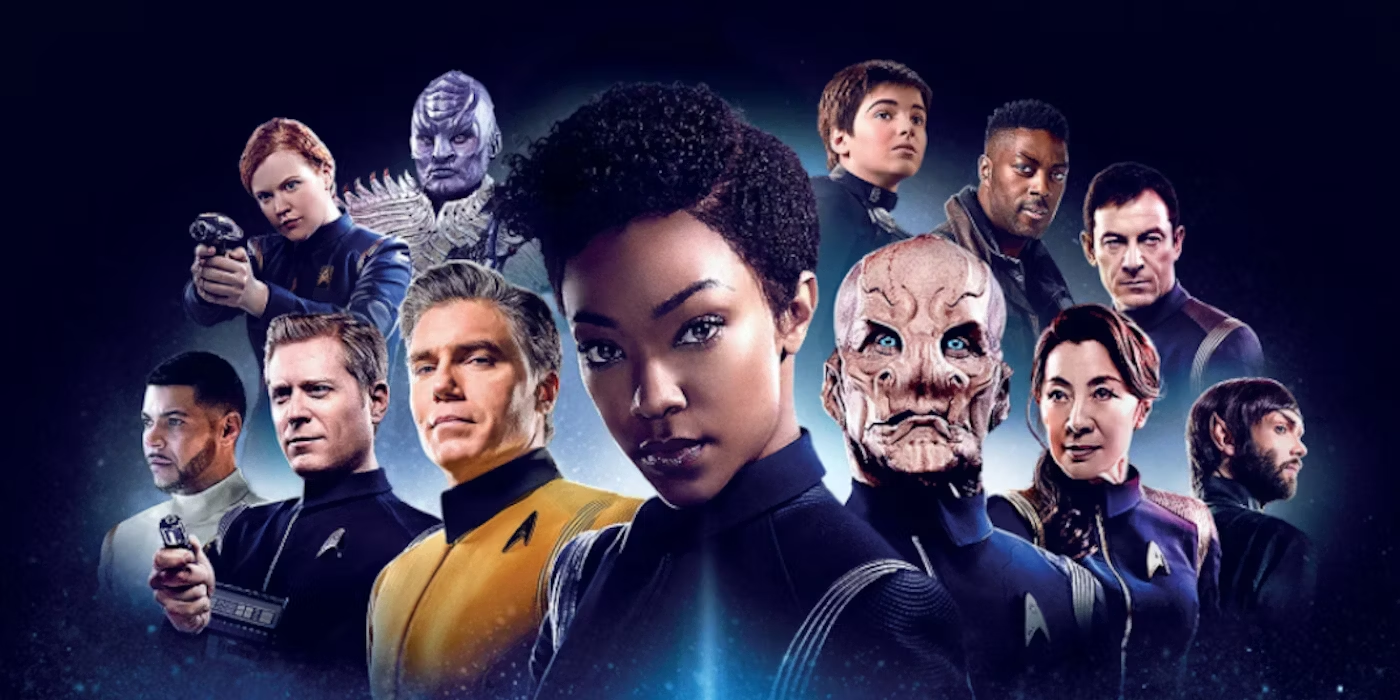
The Hubble’s Successor
NASA announced a launch date for the long-delayed James Webb Space Telescope. The James Webb Space Telescope (JWST) is a successor to the Hubble Space Telescope. NASA says that the JWST will “serve as the premier deep space observatory for the next decade.”
The JWST is now scheduled to launch December 18, 2021. The original plans had called for it to be launched back in 2018. The launch will be an international effort. Engadget reported “the hardware will reach orbit aboard an ESA-supplied Ariane 5 rocket lifting off from French Guiana [in South America]. NASA still has to ship the telescope to the launch pad, although much of the rocket has already arrived.” The Canadian Space Agency is also involved.
The European Space Agency (ESA) is an intergovernmental organization dedicated to the exploration of space. Twenty-two nations belong to the ESA.
Who Was James Webb? Why Does He Deserve a Space Telescope Named After Him?
It is named for James E. Webb, the second administrator of NASA (from 1961-1968). He was also Undersecretary of State under President Truman. He was an officer in the USMC during the Depression, and then returned to the Marines during WWII. Lt. Col. Webb “had a key role in creating the Manned Spacecraft Center, later the Johnson Space Center, in Houston” Despite the pressures to focus on the Apollo program, Webb ensured that NASA carried out a program of planetary exploration with the Mariner and Pioneer space programs.
What Will the JWST Do?
The JWST has a much larger mirror along with a focus on lower-frequency observations (particularly mid-infrared) that will help it detect early galaxies that even Hubble can’t find. In addition to shedding more light on the early Universe, the JWST should also help astronomers and astrophysicists fill gaps in studies where Hubble wasn’t enough. Infrared waves are more likely to cut through cosmic dust, and they’re the primary radiation from cooler celestial bodies like brown dwarfs and planets. There’s a very real chance the JWST will help solve a string of cosmic mysteries during its brief lifetime. NASA hopes the JWST will last a decade, but realisticly admits five years is more likely.
The James Webb Space Telescope be enormous by most standards. Its primary mirror has a 6.5 meter viewing aperture (about 21 feet across). It will orbit at L2 (the second Sun-Earth Lagrange Point), 1.5M km from Earth. To keep its optics safe from our sun, it also carries a 12×22 meter sun shield.
The JWST’s “revolutionary technology will explore every phase of cosmic history – from within our solar system to the most distant observable galaxies in the early universe, and everything in between. [JWST] will reveal new and unexpected discoveries, and help humankind understand the origins of the universe and our place in it.”
-30-
![]()
Susan Macdonald is the author of the children's book "R is for Renaissance Faire", as well as 26 short stories, mostly fantasy in "Alternative Truths", "Swords and Sorceress #30", Swords &Sorceries Vols. 1, 2, & 5, "Cat Tails" "Under Western Stars", and "Knee-High Drummond and the Durango Kid". Her articles have appeared on SCIFI.radio's web site, in The Inquisitr, and in The Millington Star. She enjoys Renaissance Faires (see book above), science fiction conventions, Highland Games, and Native American pow-wows. Her nonfiction book THEY ENDURED will be published by B Cubed Press in 2025 or 2026.












